Bowling Tips & Coaching Articles, Luke Rosdahl Bowling Ball Reviews, Luke Rosdahl The Classroom
The Impact of Bowling Lane Differences – The Classroom With Luke Rosdahl
there are a few different type of bowling lane surfaces, most people know wood and synthetic but there are a variety of different synthetic lanes
All Bowling Lane Surfaces Are Not Created Equal
Welcome to another Classroom video, please everyone take your seats, put those phones on silent and we’ll begin. In this video we’re going to talk about the difference between lane surfaces or the impact of the actual lanes themselves. The obligatory shameless propaganda to get started, follow the link in the description or at the end of the video for any of your bowling needs at Bowler’s Mart, supporting them supports me, and don’t forget my code “Rosdahl10” the next time you go to order anything at Coolwick to get 10% off, they’re the ones that keep stuff like this coming. When sport patterns started becoming a thing 20ish years ago, that started the pattern craze, and along with that came the pattern ignorance. If you have ever been in, around, worked in, owned, operated, or especially are or were a mechanic, you’ve heard the phrase “this is the wrong pattern.” In the vast majority of situations, it is in fact the correct pattern, but the vast majority of people also don’t consider the lane surface, and I’m not sure why. Not all lane surfaces are created equal by a long shot, even if they’re all synthetic, and lanes are in place at most centers for 20-30 years, which means they’ll also obviously change over time.
Bowling Lane Surfaces Change Over Time
Take the two centers I used to film at for example, West Ridge Lanes and Gage Bowl, and we’ll look at some West Ridge Lanes footage first with the Phaze 3 and Idol. The Phaze 3 is long and flippy while the Idol is at the opposite end of the spectrum, pretty early and smooth. Both are synthetic houses, but one with 20 year old lanes here at West Ridge and the other with about 7 year old lanes at Gage. Both are Brunswick lanes but different generations of those lanes. We don’t film at either house any more for a handful of reasons, but the major one was that the reaction we got never seemed to accurately reflect the ball’s characteristics. Now that’s a pretty odd statement admittedly, a ball reacts how it reacts, but to be clearer, ball reaction was always smoother or lazier at West Ridge than really anywhere else I’ve ever bowled at, and at Gage, everything turns sideways, even on the same lane conditions or pattern. My Pro Motion is a boomerang there, so obviously that’s questionable. Now the locals all know that West Ridge hooks less, or more accurately is just less responsive, it’s actually higher friction, while Gage just booms, but most people misread different reactions or straight up attribute them to lane CONDITION differences rather than lane SURFACE differences. Both centers are owned by the same people, and for a while, the house patterns or their league conditions were the same at both centers. Now if you told someone this, it’d be the infamous “oh no that can’t be right, they can’t be the same pattern because I’m getting different ball reactions.”
Comparing Different Bowling Lane Surfaces
Now let’s take a look at some Gage footage with the same balls. The realization of just how much of an impact the lane surface created began a few years ago after bowling in local sweepers in Kansas City, as the centers there are wildly different and despite the same group of patterns being used, the reactions were all over the place from center to center and the same patterns played completely different in different houses. I was told and began to realize that regardless of the pattern, I just couldn’t bring certain balls to certain houses because the covers were too strong or asymmetric stuff just burned up there, so prepping for certain houses began to heavily favor the type of balls that worked there, almost to the point of completely disregarding the pattern barring extremes. Despite the abundance of shape the lane surface creates at Gage, shiny and flippy stuff usually looks best here. Generally you’d think you’d want to use slower or smoother balls to blend the reaction out, but they normally end up burning up or quitting because they try to get traction earlier. However when they do that, they tend to grab too early, start burning energy, and then all the friction on the backend just finishes them off because they’ve used up too much trying to hook and don’t have anything left. The Idol is one of the exceptions, but the issue with it is that it transitions the lanes extremely quickly, and there’s just no reason to mess with that when something like the Phaze 3 looks as good as it does. Transition management is another video coming up in the future, but this also explains watching the Storm videos from HQ. They have a lot lower friction lanes than most of the country, so that’s why everything looks so strong on the backend. Everything glides up front, there’s less built in friction to make the ball start hooking or getting any traction earlier, so it has all that momentum built up to make a big move on the backend.
We’re going to move back to West Ridge and get a little more in depth. Conversely, West Ridge is higher friction than Gage, so shiny balls, especially weaker ones, rarely look good here, and again, you’d think ok, softer backends, plenty of friction, I need a cleaner ball and more shape, I’m going to get something flippy, but bowling here is like bowling after a bunch of open play. It plays here like there’s a lot of carrydown, and the first and most important rule of carrydown is that you can’t dig through it. This makes shiny and/or weaker stuff slow and lazy because they’re actually getting a bit of friction all the way down the lane, then they don’t have any true hard friction down lane to shape with. Again, the Phaze 3 is an exception because it both has a stronger cover formula and has enough shape to overwhelm the surface, but there are even higher friction surfaces in Kansas City that I can’t take it to, the abundance of early friction just sucks it dry and uses it up before it gets down the lane. This is where it gets pretty obviously tricky, because usually on higher friction lanes, you want weaker covers and shiny stuff so it’ll get down the lane without burning up. However, West Ridge is right in the middle, it’s not super high friction, but not as low as Gage, and the backends are soft, so stronger and smoother stuff generally looks really good here, balls like the Pro Motion, Idol, Idol Pro, RST X-1, and IQ Tour Nano Pearl that aren’t going to be so dependent on hard friction to make a move. It can be a tricky balancing act though, you don’t want stuff so strong that it’s hooking too early and burning up, but sharper stuff is going to be over/under most of the time because the reaction is so soft and slow. Using stronger and smoother stuff controls the friction and gives you more consistency of reaction.
Going back to Gage, the difference gets clearer. The reaction at West Ridge is really slow, consistent and kind of muddy, so when you look closer, you can see the even, smooth, and gradual reaction with a bit of pop down lane. At Gage, the ball just glides, it flat out shoots down the lane, and then turns sideways. Once you know what to look for, you can then identify it at your own centers. One very important thing to note is that it’s extremely difficult to tell when a ball is burning up vs when it’s not hooking, because they can look very similar. One of the keys to watch for is if the ball is skidding and looking like it’s just never grabbing or picking up, this is usually just not hooking, it doesn’t have anything to work with. Burning up however is when you can see the ball moving or trying to hook, and it’s just giving up or hitting flat, like when it looks like you threw a good shot, the ball starts to make its move on the backend and then just dies or flattens out. When there’s too much friction in the heads, it’s much harder to see, and that’s something you have to train your eye on, that’s nothing I can show or that you’re going to see in a video. The friction response difference is something obvious, and that’s really just to open your eyes to the idea that different lane surfaces are a huge factor in ball reaction. It’d take me hours to dive into the nuances and explain all the details, but again, bowling is really experience based, and at least now you’ll learn to start paying attention to center to center differences rather than just looking at the pattern. You might do great in some places regardless of pattern and have issues at other places, and it might have a lot to do with the lane surface itself and the equipment choices you’re making. Thanks for watching and may the strikes be with you.

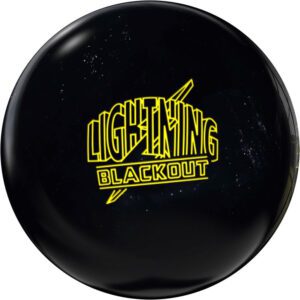
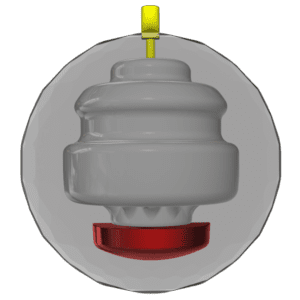




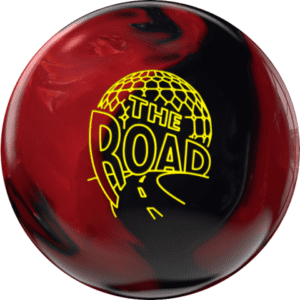
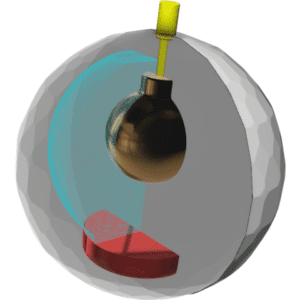






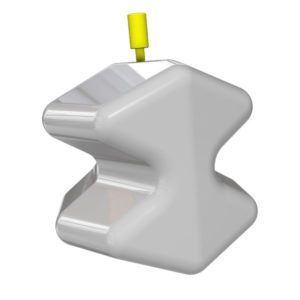





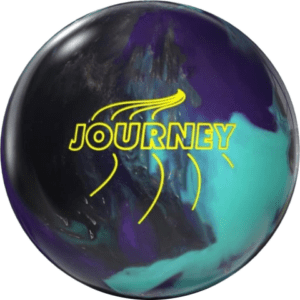

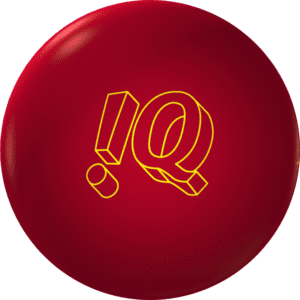

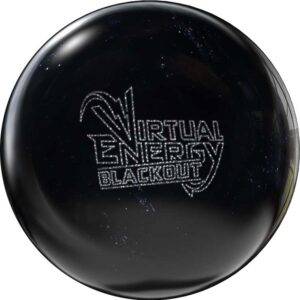



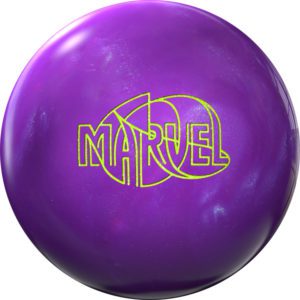

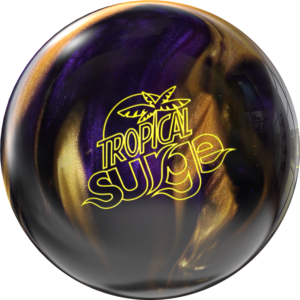
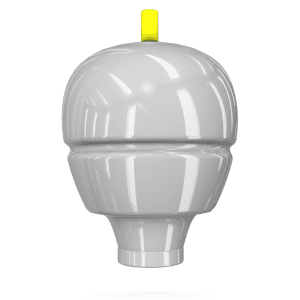


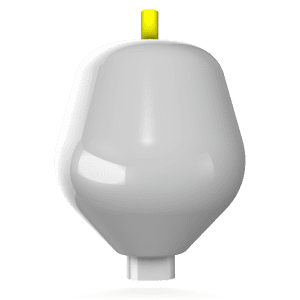

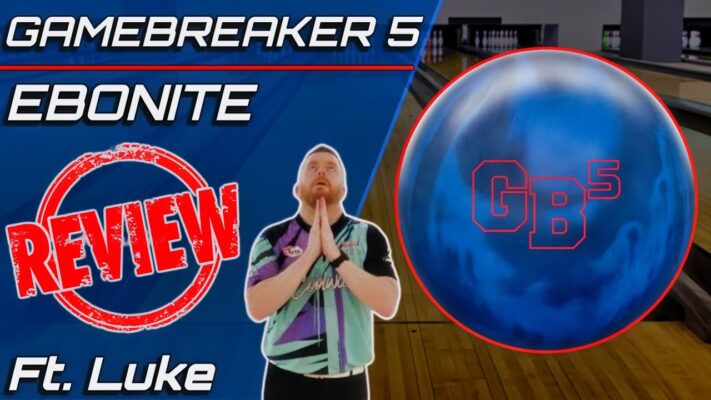
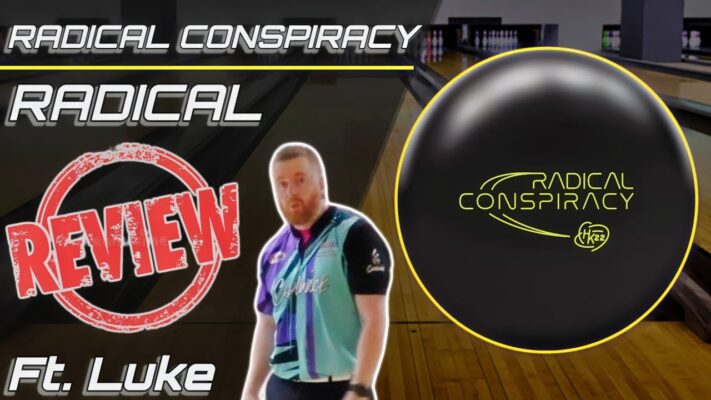
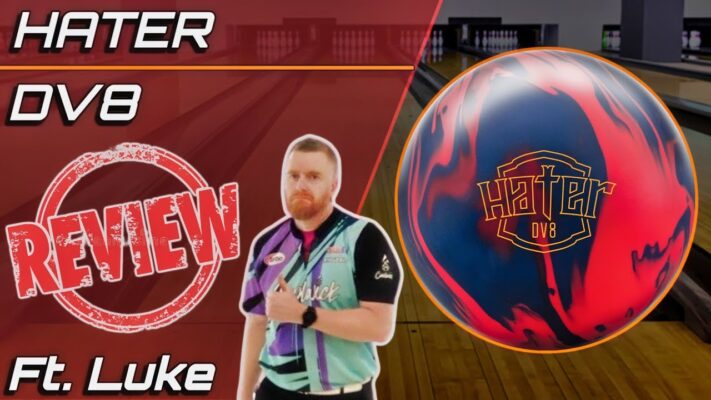
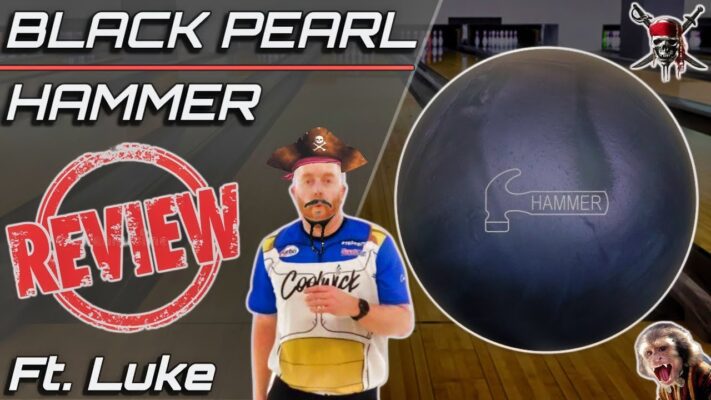
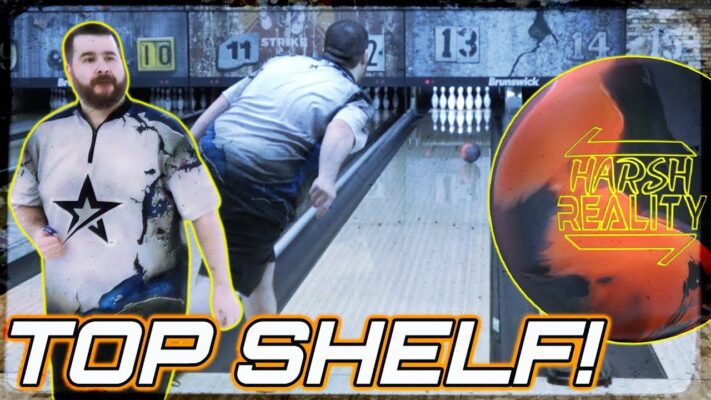
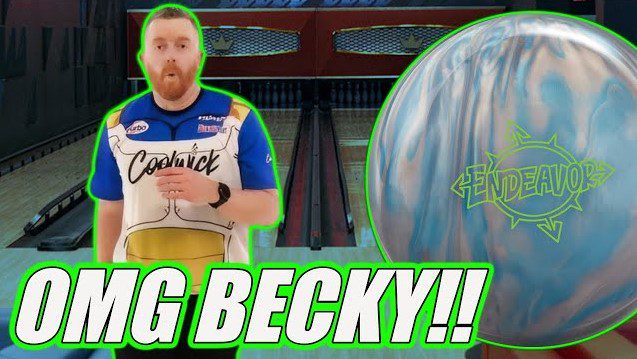
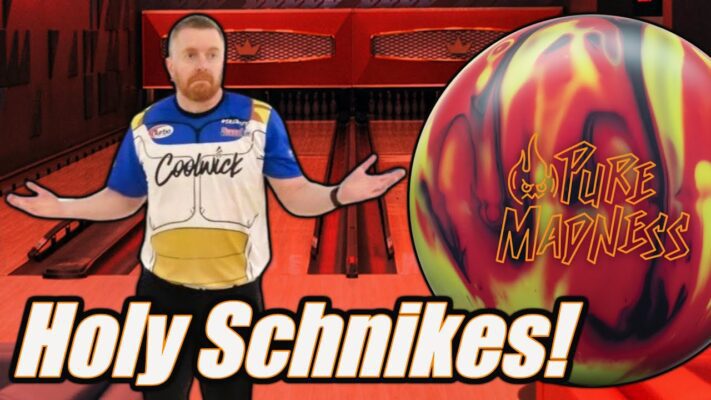
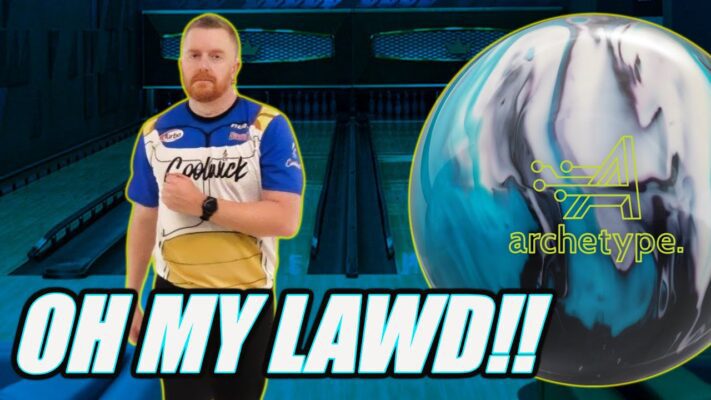






Sure would be nice if a person knew what kind of ball to purchase. I am a woman who bowl in mixed league. I throw my ball around 8 to 11 mpg on the lanes, my age is 91 and my average in league is 160. What Storm ball would be good for me to purchase. Please answer if possible